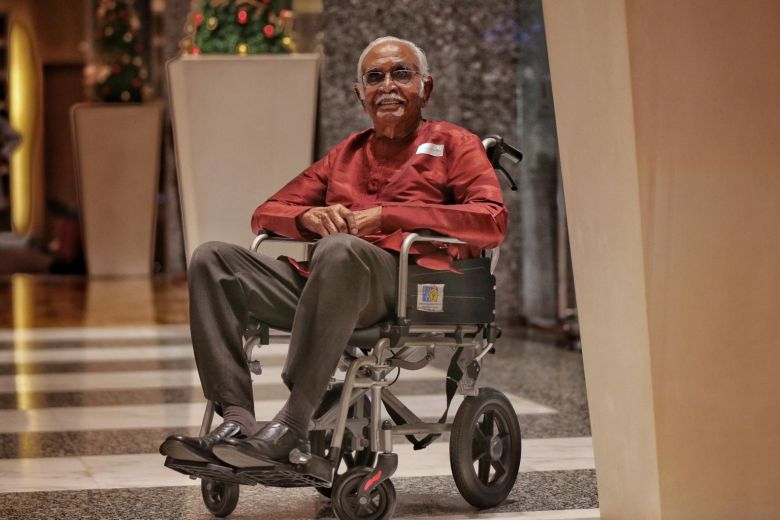SINGAPORE: The Hindu community leaders were commended by a senior Singaporean minister for playing an active role in promoting inter-faith harmony, including nurturing strong networks with their other faith counterparts in Singapore.
“Inter-ethnic and inter-faith tensions are a heightened feature of today’s world,” said Senior Minister Tharman Shanmugaratnam at the 50th anniversary of Hindu Endowment Board (HEB) dinner on Sunday. “For us in Singapore, that must mean that we put even more effort into cultivating peace and harmony and building social trust,” he stressed.
Commending the volunteers working with the community, Tharman said many have worked hard “to make things better than what you saw and to elevate the lives of Hindus”. “It is an intense type of volunteering, frequent and often in the forefront,” he added of the volunteer service by the Hindu community members. The Senior Minister noted that the HEB and Hindu Advisory Board have provided “quiet, steady and critically important leadership in the Hindu community” over the years.
More than 80 former and current members of the two boards were honoured for laying the groundwork for the vibrant growth of the community here.
In his early years serving the Singapore Hindu community, Bala Subramanion would go from door to door, soliciting funds for the refurbishment of the Sri Srinivasa Perumal Temple, one of the oldest Hindu temples here, reported The New Paper on Monday. The 102-year-old Bala, who was Singapore’s first Asian postmaster-general in Singapore, als o devoted his free time to other community projects such as the renovation of the Sri Sivan Temple.
The community has come a long way, said Bala, who used to sit on the advisory board, founded in 1985 to advise the government and the endowments board on matters of the Hindu religion and customs.
“I am proud of what we have done over the years for those in need,” The New Paper quoted Bala as saying on being honoured for his volunteering work. Separately, the Indian Heritage Centre is hosting an exhibition on the Tamil community in Singapore, tracing 200 years of their presence, history and culture.
It also highlights the community’s contributions, in the areas of commerce and industry, philanthropy, education, infrastructure and more. The exhibition, ‘From the Coromandel Coast to the Straits: Revisiting our Tamil Heritage’, will run till June 30, 2020, while the IHC held Culture Fest 2019 over the November 23-24 weekend with another planned for November 30 to December 1.
It also highlights the community’s contributions, in the areas of commerce and industry, philanthropy, education, infrastructure and more.
The bicentennial year marks two centuries since the first recorded arrival of a Tamil in Singapore: Naraina Pillai, a native of the Coromandel Coast, in May 1819. Pillai, a contemporary of Sir Stamford Raffles who founded Singapore 200 years ago, accompanied the latter on his second trip to Singapore. Here, he established himself as a successful entrepreneur and community leader, and is credited for founding Sri Mariamman Temple, today a well-loved national monument.
While it is common knowledge that the Tamil community has been present in Singapore for 200 years now, what is not so well known is that Tamil connections with Singapore and the region can be traced to more than 600 years before the year of Raffles’ arrival.
‘From the Coromandel Coast to the Straits: Revisiting our Tamil Heritage’, the IHC’s latest special exhibition, explores this lesser known narrative by presenting fresh perspectives of the history and identity of the Tamil community in Singapore and the region. More than 230 objects from local and international collections are being showcased at the exhibition, telling the stories of the journeys of the people from India’s Coromandel region to Southeast Asia.
Among these objects are rare artefacts from Singapore’s National Collection and other museums and institutions, precious family heirlooms from community lenders and donors, as well as 3D holographic showcases that harness technology to bring the past to life. PTI






